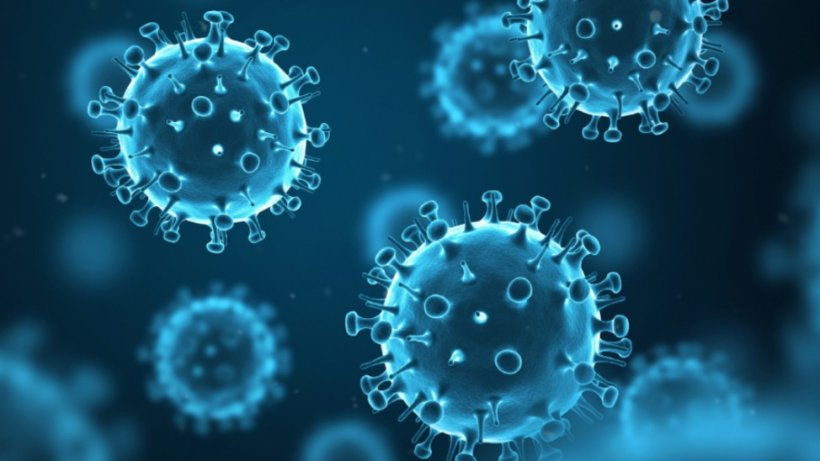With new viral threats on the rise, C12 glycerides provide a novel approach to support pigs’ immune defences
Viral infections pose a constant threat to global swine production. They can severely impact pig health and welfare, often leading to respiratory problems, reproductive losses, reduced growth rates and increased mortality. This takes a toll on overall herd performance and farm profitability.
Moreover, the economic consequences extend beyond direct production losses. Indirect costs include lower feed efficiency, higher veterinary costs, additional labour and biosecurity expenses and sometimes trade restrictions, especially if the virus can be transmitted to humans.

Viruses can spread rapidly within and between farms and are particularly hard to control.
A recent example is the sharp rise in swine flu cases in France, linked to the emergence of a new virus genotype (H1N2#E) that appears able to bypass existing pig immunity. This illustrates just how fast and unpredictably viruses can evolve.
Of particular concern are highly contagious viral diseases like African Swine Fever (ASF). With no effective treatment or vaccine available, ASF outbreaks trigger mandatory reporting, strict quarantine measures to prevent further spread or even culling. This results in severe economic losses for affected farms and regions. In short, doing nothing against viral threats would be no option.

PRRSv evades immunity
Let’s highlight one of the toughest viruses to control: the Porcine Reproductive and Respiratory Syndrome virus (PRRSv). This virus is responsible for a widespread and economically devastating disease in swine production. One of the reasons of its ‘success’ is the ability to outsmarts the immune system.
By interfering with key immune pathways, PRRSv manipulates and evades the host’s immune system.
Unlike ASF, PRRSv can be managed to some extent, primarily through vaccination. Yet, despite more than 30 years of vaccine use, controlling PRRSv remains challenging. The virus’s high mutation rate and immune-evasion strategies mean that even vaccinated herds can face reproductive setbacks and respiratory problems during outbreaks.
Effective control requires more than vaccination alone: strict biosecurity, herd stability and targeted nutrition are critical to boost resilience and minimize disease impact.
A good and fast immune response in pigs can be positively influenced by reducing stress, ensuring good management and health practices, and following vaccination protocols. But also, nutrition plays an increasingly important role. Over the years we have gained a better understanding that a proper, well-formulated diet is capable of enhancing animal resilience to diseases, including viral infections.
Nutrition can help to reduce the severity of illness but also helps to maintain performance and productivity during and after infection.
C12 Glycerides and their contribution to PRRSv control
C12 glycerides are known for their immune-boosting and immune-modulatory effects. Recent in vitro studies confirmed their antiviral potential against PRRSv. Indeed, PRRSv targets porcine alveolar macrophages as its primary site of infection.
When these cells were exposed, ex vivo, to PRRSv with or without C12 glyceride supplementation, viral replication was significantly reduced. This ex vivo direct antiviral effect is consistent with earlier scientific findings showing that C12 glycerides can disrupt and lyse enveloped viral particles.
In the same study, C12 glycerides also showed an indirect antiviral effect. Levels of key pro-inflammatory cytokines (messenger molecules) such as TNF-α and IL-8 increased substantially compared to untreated controls despite the immunosuppressive capacities of the virus. And that is good news, because normally PRRSv suppresses the production of these cytokines. They are vital for orchestrating the immune defense, suggesting that C12 glycerides may help counteract PRRSv-induced immuno-suppression by supporting immune activation and subsequently enhancing viral clearance.

The strongest antiviral effect occurred when macrophages were pre-treated with C12 glycerides, leading to a viral load reduction of around 3 log, underscoring their potential as a preventive approach. While these findings are based on laboratory assays, they support the idea that under field conditions, C12 glycerides primarily aid the immune system’s ability to fight PRRSv.


